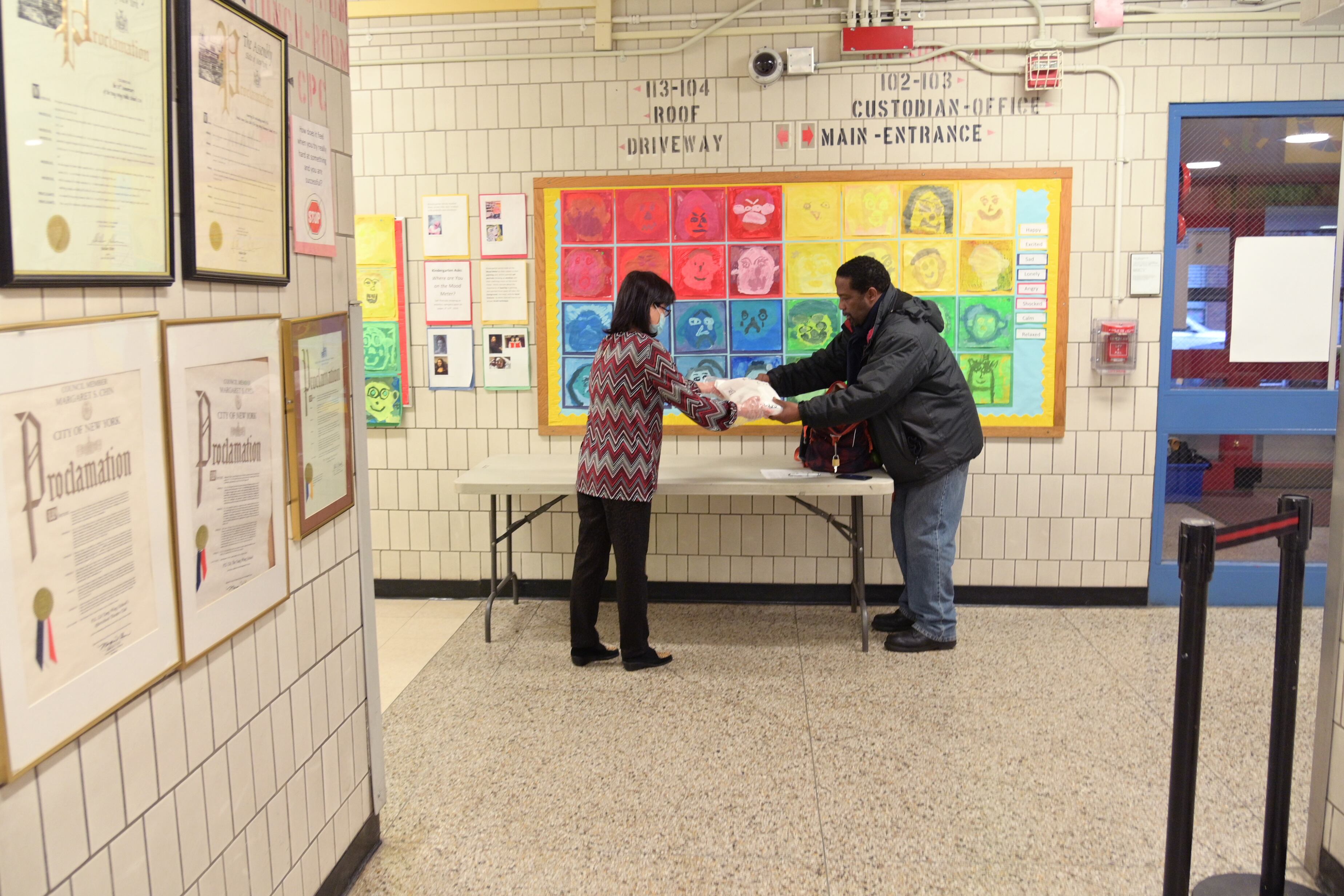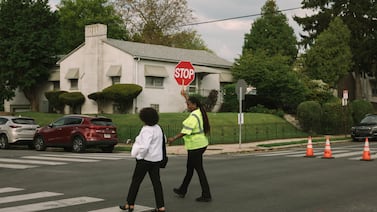The federal government should flood public schools with money — with strings attached — to make up for the rapid declines in state funding caused by the coronavirus.
That’s the argument being made in a report released Friday by the Shanker Institute, a think tank affiliated with the American Federation of Teachers. To get those federal dollars, states would have to ensure that high-poverty school districts don’t face the bigger state cuts.
“Education funding is primarily a state and local affair, and so truly sustainable solutions cannot take the form of federal aid with states continuing business as usual,” wrote Bruce Baker and Matthew Di Carlo.
The detailed report, which argues that public schools never fully recovered from the last recession, is a notable attempt to make a case for what an next round of federal aid should look like, and may influence the work of advocacy groups like the AFT itself.
Randi Weingarten, president of the AFT, the country’s second largest teachers union, heralded the recommendations. “We can’t forfeit our students’ future because of the coronavirus pandemic,” she said in a statement. “And this report makes clear a generation of students will be lost if we fail to learn the lessons of the Great Recession.” (The AFT and its members stand to benefit from federal aid that helps schools avoid teacher layoffs, too.)
The report argues that the federal government must help states weather the economic downturn — and learn from what happened in the wake of the Great Recession more than a decade ago, when high-poverty school districts were hit hardest by budget cuts.
First, Baker, a Rutgers professor, and Di Carlo, a Shanker Institute senior fellow, call for a large package of federal support to fill depleted state and local coffers.
They don’t put a number on this, but public school groups, including the AFT, are seeking $200 billion in new federal aid. (To put that in context, the federal government currently spends only about $60 billion annually on K-12 schools. But one analysis estimates that states will lose nearly $500 billion over three years in total revenue due to the virus.)
Second, Baker and Di Carlo say that federal money should be given out over a period of up to five years. That’s to avoid what happened after the Great Recession, when the federal stimulus ran out after a couple years and states then made deep cuts.
Third, the report argues that more aid should go to high-poverty districts and those with lower property values, which will have a harder time filling in funding gaps on their own.
Fourth — and perhaps most controversially — Baker and Di Carlo say states should have to meet certain requirements to receive federal aid. Specifically, they want states to be barred from making greater spending cuts to high-poverty districts to “ensure a more equitable distribution of harm.” And to avoid exacerbating budget shortfalls, they would also forbid states from putting caps on local property taxes.
Recent history — specifically, the Race to the Top competition attached to the 2009 stimulus package — suggests that states might be willing to jump through hoops in exchange for federal support. But critics might see those requirements as federal overreach.
It’s also possible those requirements could doubly disadvantage some students if states don’t play along. If a state did make deeper cuts to high-poverty districts, their students would lose those dollars and any potential federal aid.
The report acknowledges that turning its ideas into reality will be politically difficult.
“Raising taxes and redirecting state revenue to low- income districts, for example, require the kind of political courage and will that is, of late, very hard to find, even in so-called blue states,” write Baker and Di Carlo. “Moreover, of course, any federal aid package, particularly one with equity-focused stipulations, will be politically complicated.”
The federal relief package that passed in late March included $13.5 billion for K-12 schools, but that money is intended to address the fallout of the pandemic, not compensate for budget shortfalls — which analysts are predicting will be dramatic. Hawaii’s governor, for instance, has proposed cutting teacher pay by 20%.
A new federal aid package for schools may face resistance in Congress, though. Senate Majority Leader Mitch McConnell has already indicated skepticism about a large aid package for states.
In general, research has found that more money for public schools helps students, and that students suffered from spending cuts after the Great Recession in particular.
This time around, “We cannot avoid a budgetary crisis, but we can attenuate its negative effects,” Baker and Di Carlo conclude.
Meanwhile, they also present data suggesting that public schools never really recovered from the Great Recession. Though school spending did generally recover by 2017, the share of the economy dedicated to public schools actually declined sharply between 2009 and 2012 and has flatlined since.
That means, Baker and Di Carlo write, “states are less well-equipped than they otherwise would be to weather the coming storm of the coronavirus pandemic’s fiscal crisis.”






